परिचय
The arrival of Vasco da Gama on the Indian coast in May 1498 stands as a significant turning point in both Indian and global history. This Portuguese explorer’s sea voyage connected Europe with South Asia for the first time via an oceanic route, bypassing the overland trade monopolies of Arab and Venetian merchants. It inaugurated the Age of Discovery for Europe and set off a cascade of events—trade, conflict, cultural exchange, and eventual colonization—that reshaped the world order and India’s own trajectory for centuries to come.
The Background: Race for Spices and Trade
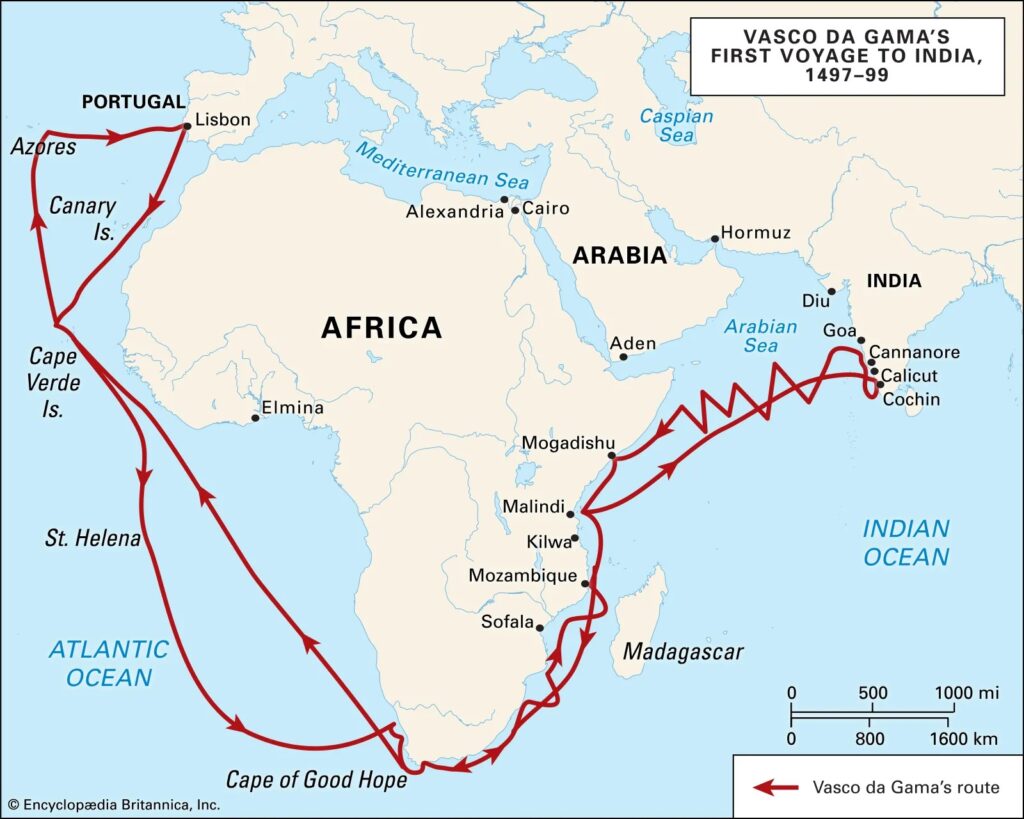
The Spice Trade and European Ambitions
Spices like pepper, cinnamon, nutmeg, and cloves were among the most coveted and expensive products in medieval Europe, prized for their culinary, preservative, and medicinal qualities. For centuries, trade from India and Southeast Asia to Europe was dominated by overland routes controlled by Arab, Persian, and Ottoman merchants. Goods traveled to ports like Alexandria, then to Venice and Genoa, which held monopolies that made spices exorbitantly priced for Europeans.
The conquest of Constantinople by the Ottomans in 1453 further disrupted land trade, fueling European quests for alternative sea routes. Portugal, under Prince Henry the Navigator and later King Manuel I, invested in navigation, shipbuilding, and scientific research to lead the charge around Africa to reach Asia.
The Voyage: Lisbon to Calicut
The Expedition Sets Sail
On July 8, 1497, Vasco da Gama set sail from Lisbon, Portugal, commanding a fleet of four ships—São Gabriel, São Rafael, Berrio, and an unnamed supply vessel—with a total crew of 170 men. The plan was to sail south past the African coast, round the Cape of Good Hope, cross the Indian Ocean, and make landfall in Asia.
The voyage was arduous: storms, scurvy, and technical challenges beset the sailors. They rounded the Cape in late 1497, and by spring 1498, reached Malindi (in present-day Kenya), where a local pilot—possibly an Indian or an Arab navigator—guided them toward the Indian subcontinent using knowledge of the southwest monsoon winds.
Arrival in India
पर May 20, 1498, Vasco da Gama and his fleet arrived off Kappad Beach near Kozhikode (Calicut) on India’s southwest coast, then a flourishing port city under the rule of the Zamorin (Samuthiri Raja). This was the first documented direct maritime contact between Europe and India.
The arrival was marked by both curiosity and skepticism. The Zamorin’s court welcomed the foreigners with hospitality, but also with a degree of disappointment—da Gama’s gifts were perceived as unimpressive by Indian standards (modest European goods, without the gold or silver expected of great traders). The Muslim merchant community, which dominated Calicut’s trade, viewed the newcomers as rivals and was apprehensive about this new competition.
Consequences and Legacy
Immediate Aftermath
- Failed Treaty and Departure: Tensions rose as da Gama refused to pay customary trading duties, and no formal treaty was achieved with the Zamorin, though he managed to procure a small cargo of spices. After about three months, da Gama departed India in August 1498, returning to Portugal by July 1499—having lost half his crew to disease, hunger, and exhaustion.
- Monopoly Broken: Despite initial setbacks, the sea route to India was now open to Portuguese ships. Precious spices and goods could be transported directly, hugely profiting Portugal and breaking centuries-old trade monopolies.
Larger Impact
- Start of the European Colonial Era: Da Gama’s voyage marked the beginning of formal European involvement in India. The Portuguese soon seized coastal enclaves, built forts, and fostered a powerful naval presence. Their hub was established at Goa in 1510, which remained under Portuguese rule for over four centuries.
- Shift in Trade and Power: The Indian Ocean, previously an “Asian lake,” saw robust new competition. Portuguese control of maritime routes reconfigured trade patterns and wealth. India’s ports, towns, and commercial powers now had to contend with European gunpowder technology, naval tactics, and aggressive expansion.
- Cultural Exchange and Conflict: Alongside trade, the Portuguese brought Christian missionaries, led to new syncretic cultures and cuisines (especially in Goa), but also cycles of violence, forced conversions, and reshaping of local societies.
- Prelude to Further Empires: The Portuguese achievements inspired other Europeans—the Dutch, English, and French—to launch their own expeditions. Over the next two centuries, the Indian subcontinent would become a focal point for colonial rivalry and exploitation.
The Legacy of Vasco da Gama
- Celebrated Navigator: Vasco da Gama remains a national hero in Portugal, celebrated for his navigational skill and tenacity. He was later made Count of Vidigueira, appointed as Viceroy, and featured in the epic Portuguese poem Os Lusíadas.
- Lasting Influence: His voyage was the first to link Europe and Asia by an ocean route—ushering in the Age of Globalization.
- Historic Sites: Monuments like the Vasco da Gama Pillar in Malindi, memorials in Goa and Kerala, and museums in Lisbon commemorate his journey.
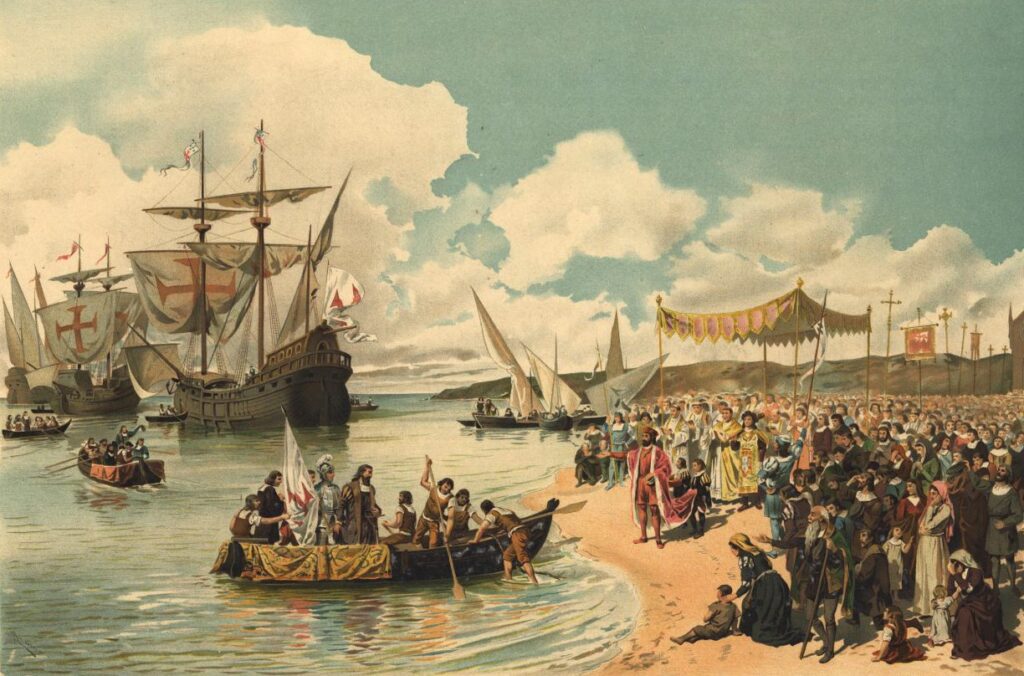
Interesting Facts
- The São Gabriel, da Gama’s flagship, carried advanced nautical instruments and weaponry for the era.
- The expedition’s return leg was so grueling that nearly half the crew died, mostly from diseases like scurvy.
- The Portuguese kept their sea route secret, mapping it carefully to maintain their monopoly for almost a century before other Europeans broke in.
- The Zamorin’s refusal to give extensive trading privileges sparked future military confrontations, leading to the bombardment of Calicut, annexation of ports, and the eventual dominance of the Portuguese on the western coast.
निष्कर्ष
Vasco da Gama’s arrival in Calicut on May 20, 1498 was a singular event that changed the course of Indian and world history. By opening a direct maritime link between Europe and India, he inaugurated centuries of global trade, rivalry, and cross-cultural encounters. This episode ultimately led to the European colonial era, the transformation of Indian oceanic commerce, and a legacy—of conflict and connection—that endures in South Asian and world consciousness to this day.

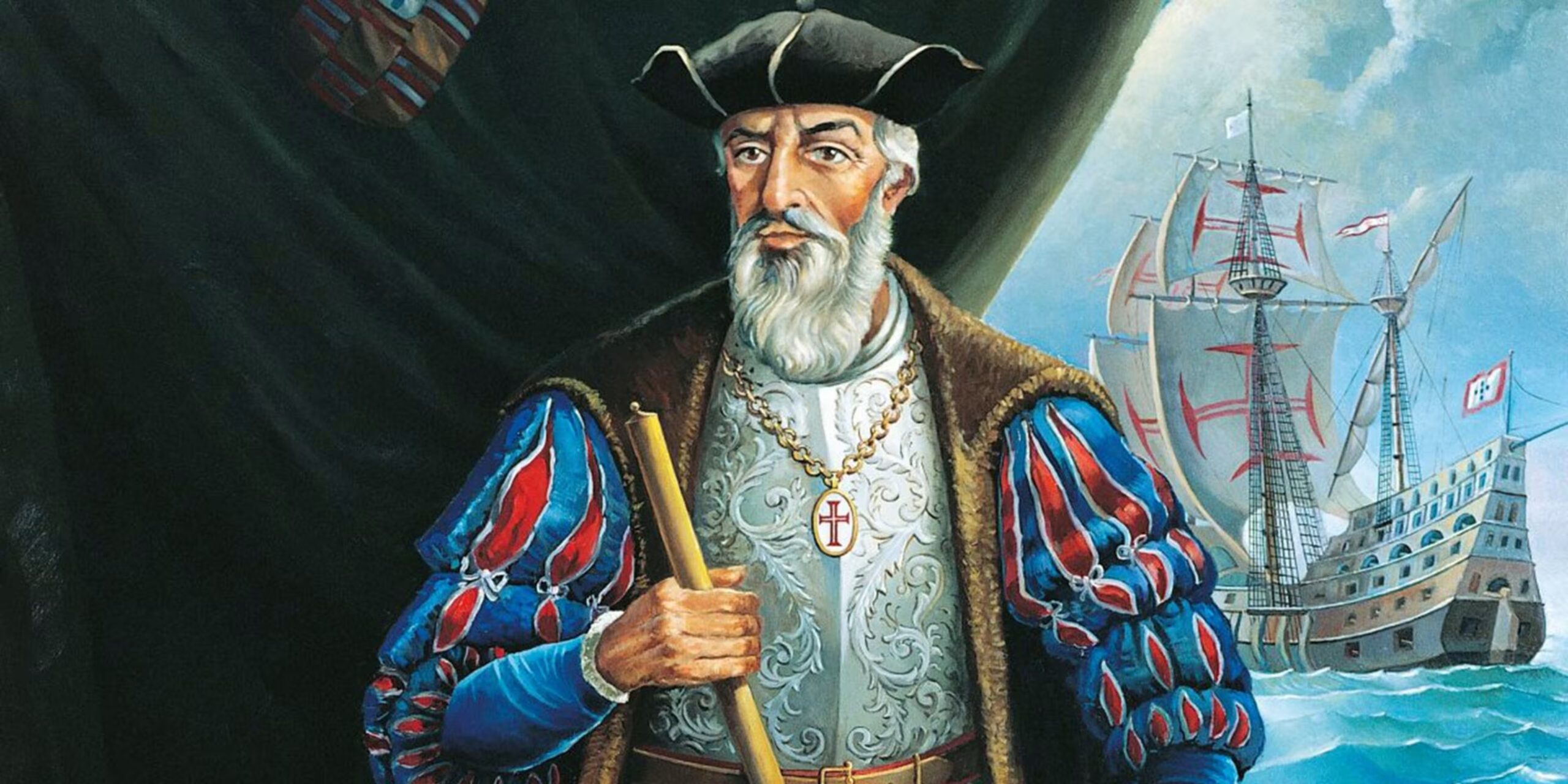
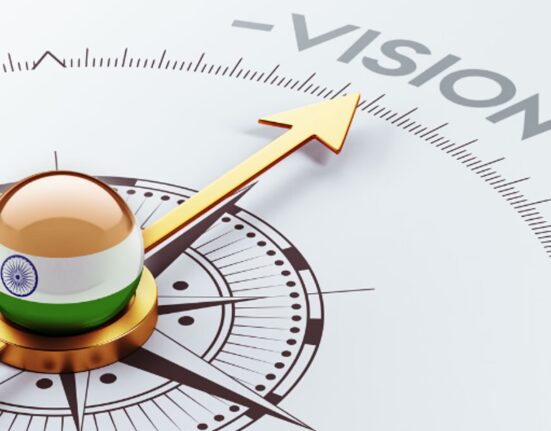


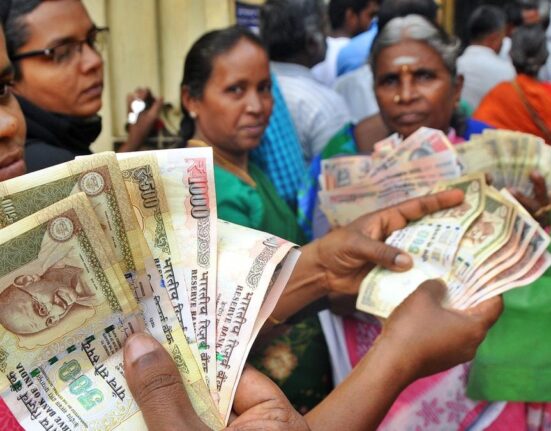
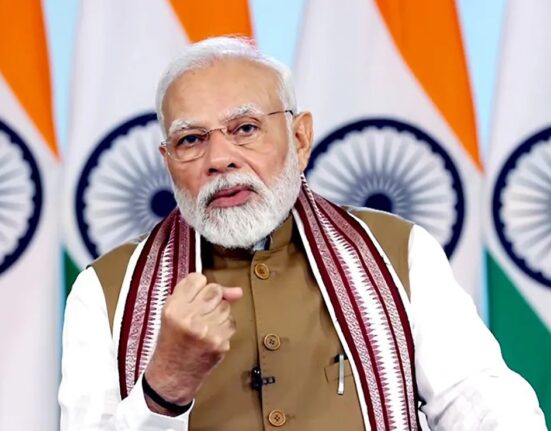

इस बारे में प्रतिक्रिया दें